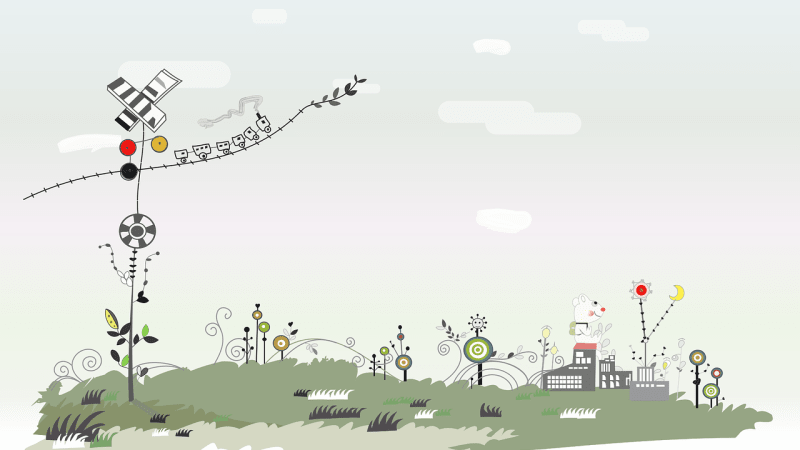
In the ever-evolving landscape of technology, the role of a programmer is often subject to a fascinating dichotomy – one that pits the structured logic of engineering against the boundless creativity associated with artistry. The question lingers: Is a programmer more of an engineer, meticulously crafting lines of code with precision, or an artist, weaving a tapestry of innovation and expression in the digital realm?
The Engineering Foundation
At its core, programming is built upon a foundation of engineering principles. Programmers are the architects of the digital world, designing and constructing the frameworks that power our applications and systems. Just like engineers who blueprint a bridge or a skyscraper, programmers create the structural framework of software, ensuring that it stands robust in the face of real-world challenges.
In the engineering realm, precision, efficiency, and problem-solving prowess are highly valued. Programmers meticulously plan their code, adhering to strict guidelines and methodologies. The code they write must be scalable, maintainable, and efficient – hallmarks of engineering excellence.
The Artistic Flourish
However, the artistry in programming becomes apparent when we consider the creative elements involved. Writing code is not merely a mechanical process; it is an expressive act that allows for the manifestation of ideas into tangible, functional forms. Just as a painter brings emotions to life on a canvas, a programmer infuses life into lines of code.
Creative problem-solving is a hallmark of artistic endeavors, and programming is no exception. The ability to think outside the box, to devise innovative solutions to complex problems, is a trait shared by both artists and programmers alike. Code, like art, is a medium through which ideas are communicated, and creativity is the catalyst that propels progress.
Bridging the Gap
In reality, the distinction between engineering and artistry in programming is not a rigid dichotomy but rather a fluid spectrum. Successful programmers often navigate the delicate balance between precision and creativity. They recognize that effective code is not just functional but elegant, a symphony of logic and creativity.
Consider the design of user interfaces, where the user experience is as crucial as the functionality. Here, the programmer must not only ensure that the code is efficient but also strive to create an interface that is intuitive, visually pleasing, and engaging – qualities typically associated with artistic endeavors.
Embracing the Hybrid Role
In today’s technology landscape, the most successful programmers often embrace their dual identity as both engineers and artists. They recognize that the binary categorization is limiting and that the true power lies in the synergy of these seemingly opposing forces.
As technology continues to advance, the boundaries between engineering and artistry in programming will blur even further. The emergence of fields like creative coding and interactive design exemplifies this convergence, where programmers are not just builders but creators, crafting digital experiences that transcend mere functionality.
Conclusion
So, is a programmer an engineer or an artist? The answer lies in embracing the duality of the role. A programmer is an engineer when crafting the robust infrastructure of code, ensuring reliability and efficiency. Simultaneously, they are artists when infusing creativity into their work, envisioning solutions beyond the conventional boundaries.
In the evolving landscape of technology, the most successful programmers are those who can seamlessly navigate between the worlds of engineering and artistry, recognizing that the synthesis of these seemingly disparate elements is what propels innovation forward. As we forge ahead into a future driven by technology, the programmer emerges not as an engineer or an artist but as a hybrid creator, sculpting the digital landscape with a palette of logic and creativity.